|
ID |
Nickname |
Country / City |
Languages |
Taxonomies |
Comment |
Project / Group |
Map |
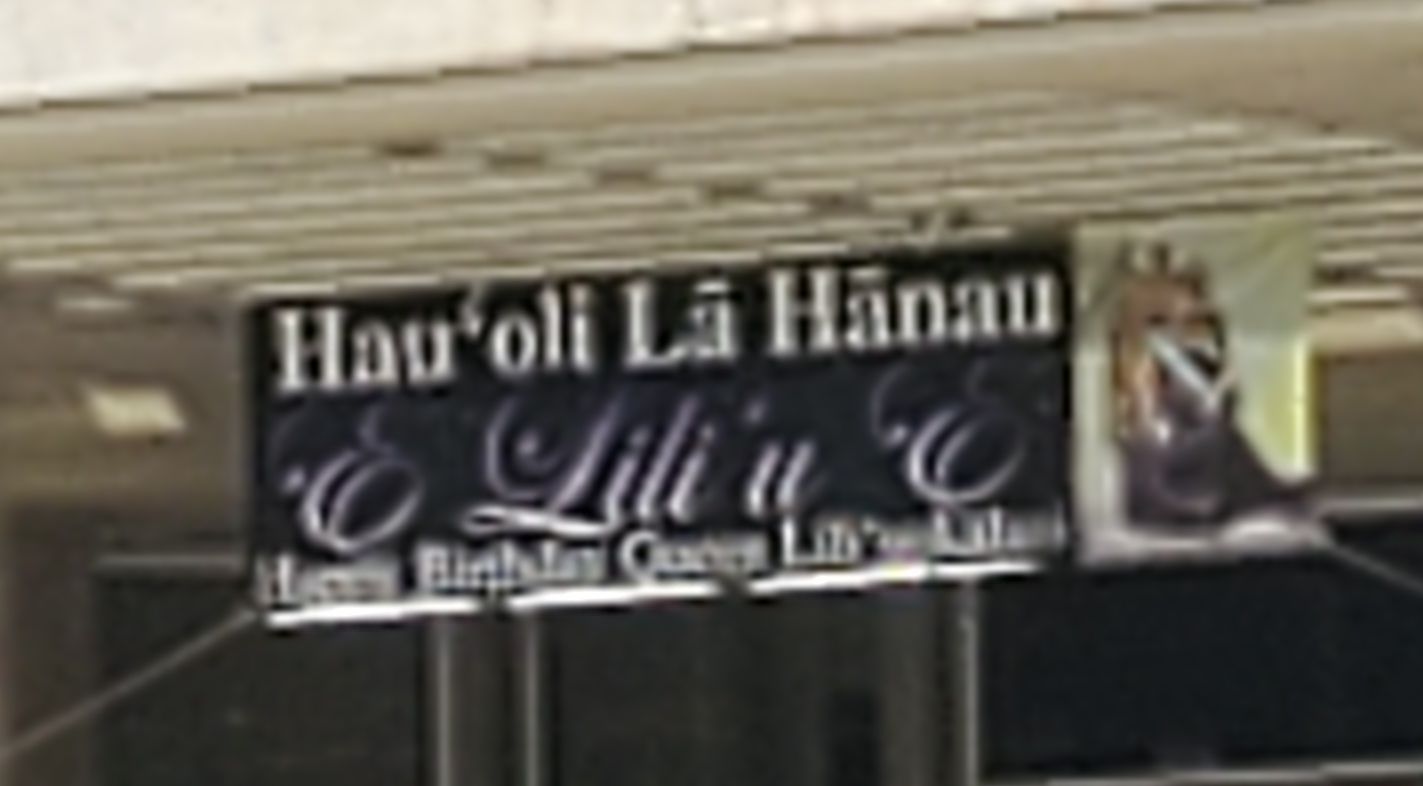
|
43089
|
|
United States
Honolulu
|
|
|
KA: Hawaiian wishes Queen Liliu a happy birthday
|
Multilingual Hawaiʻi
|
|
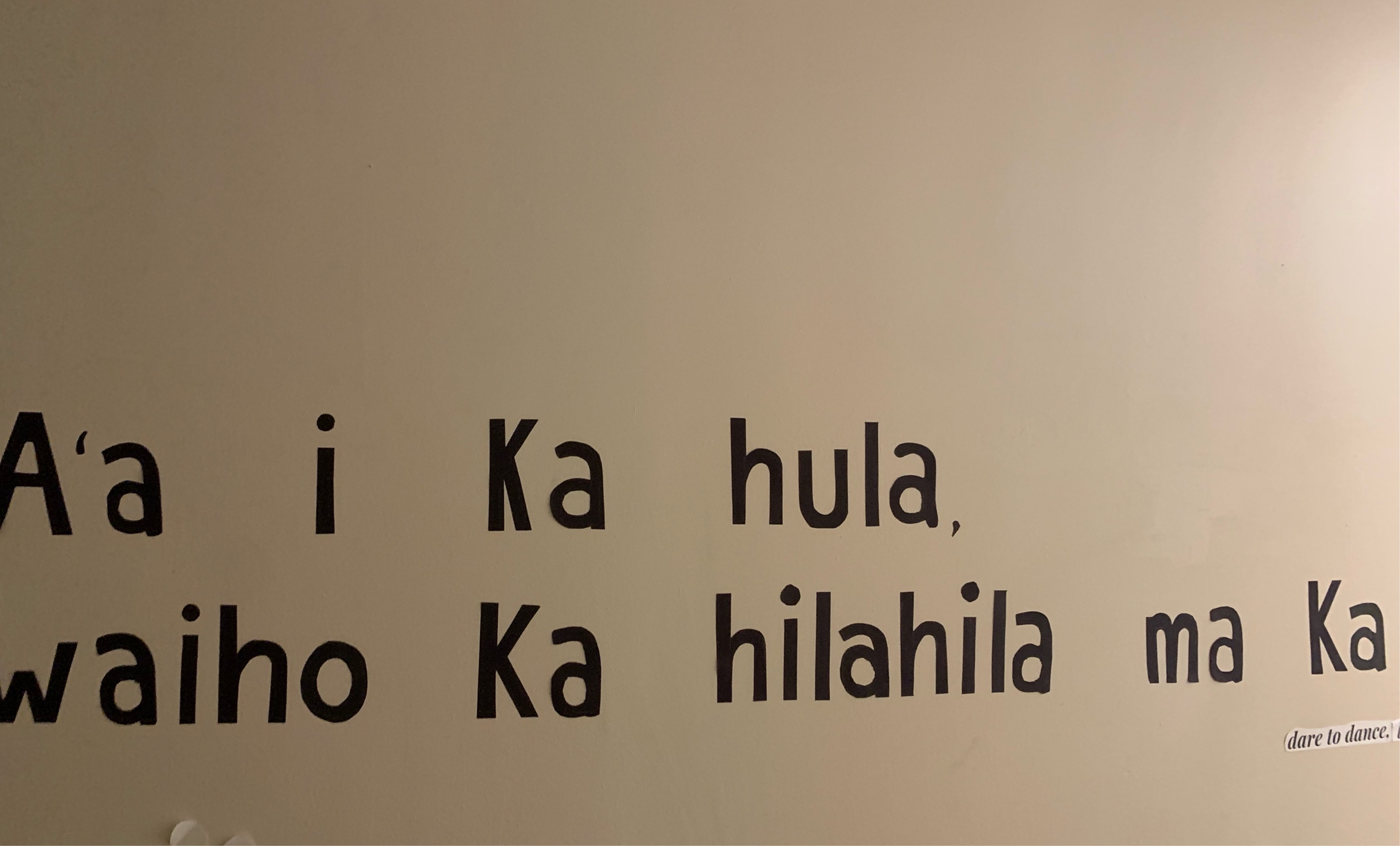
|
43375
|
|
United States
Honolulu
|
|
|
in UHM dorms to advocate for Hawaiian language and culture
|
Multilingual Hawaiʻi
|
|

|
43376
|
|
United States
Honolulu
|
|
|
used in UHM dorms to advocate for Hawaiian language and culture
SK
|
Multilingual Hawaiʻi
|
|
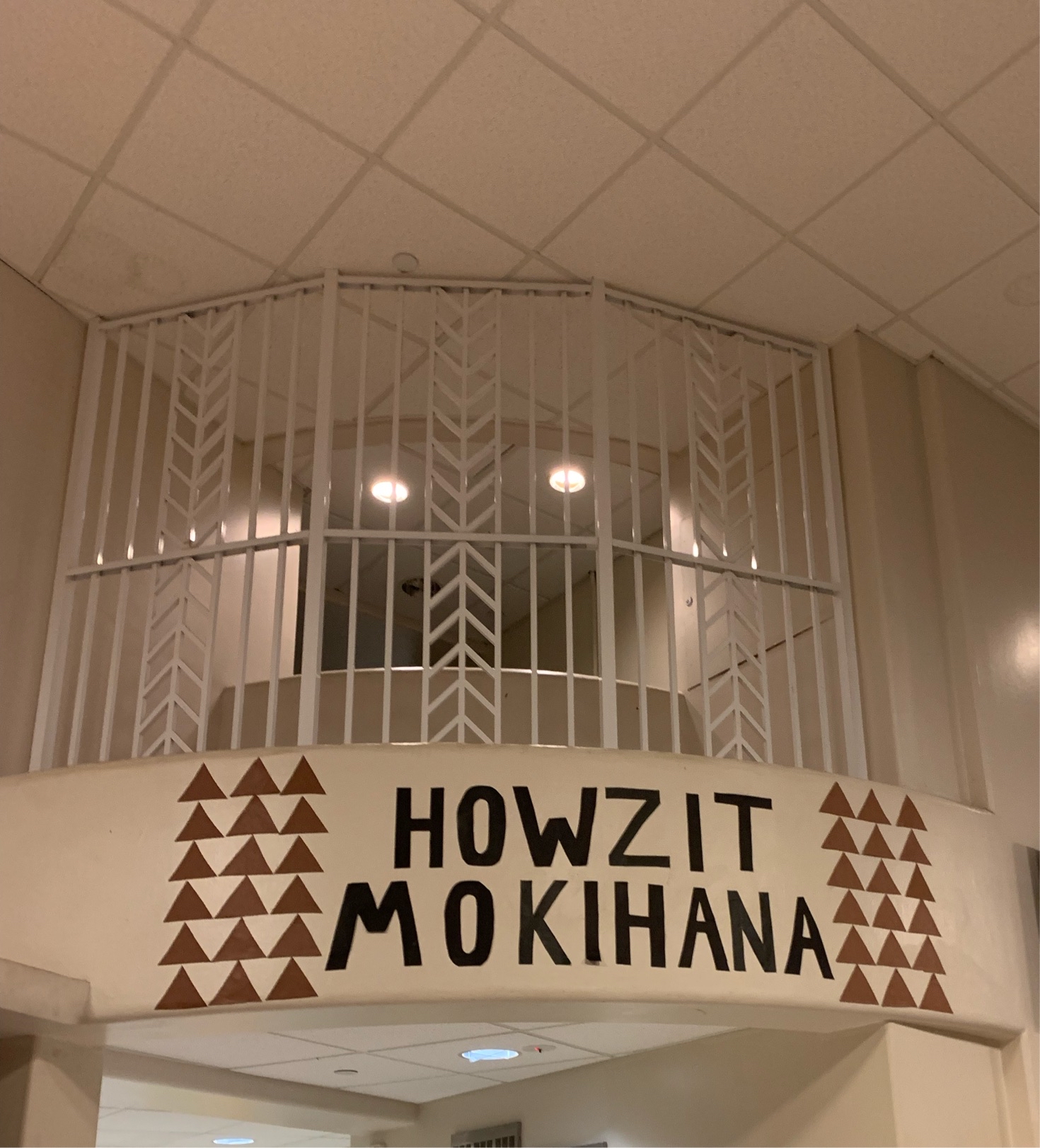
|
43377
|
|
United States
Honolulu
|
|
|
SK
|
Multilingual Hawaiʻi
|
|
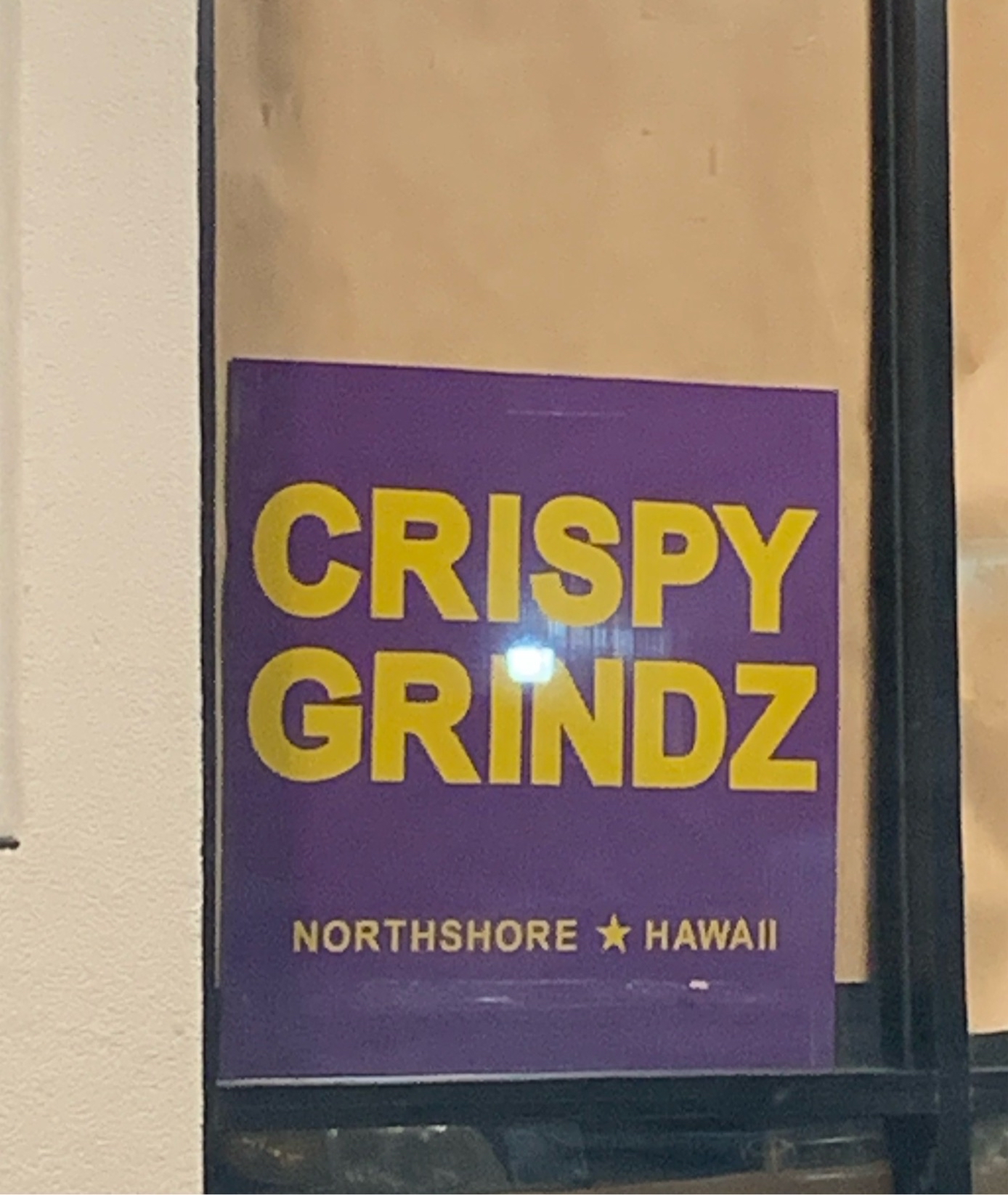
|
43378
|
|
United States
Laie
|
|
|
SK
|
Multilingual Hawaiʻi
|
|
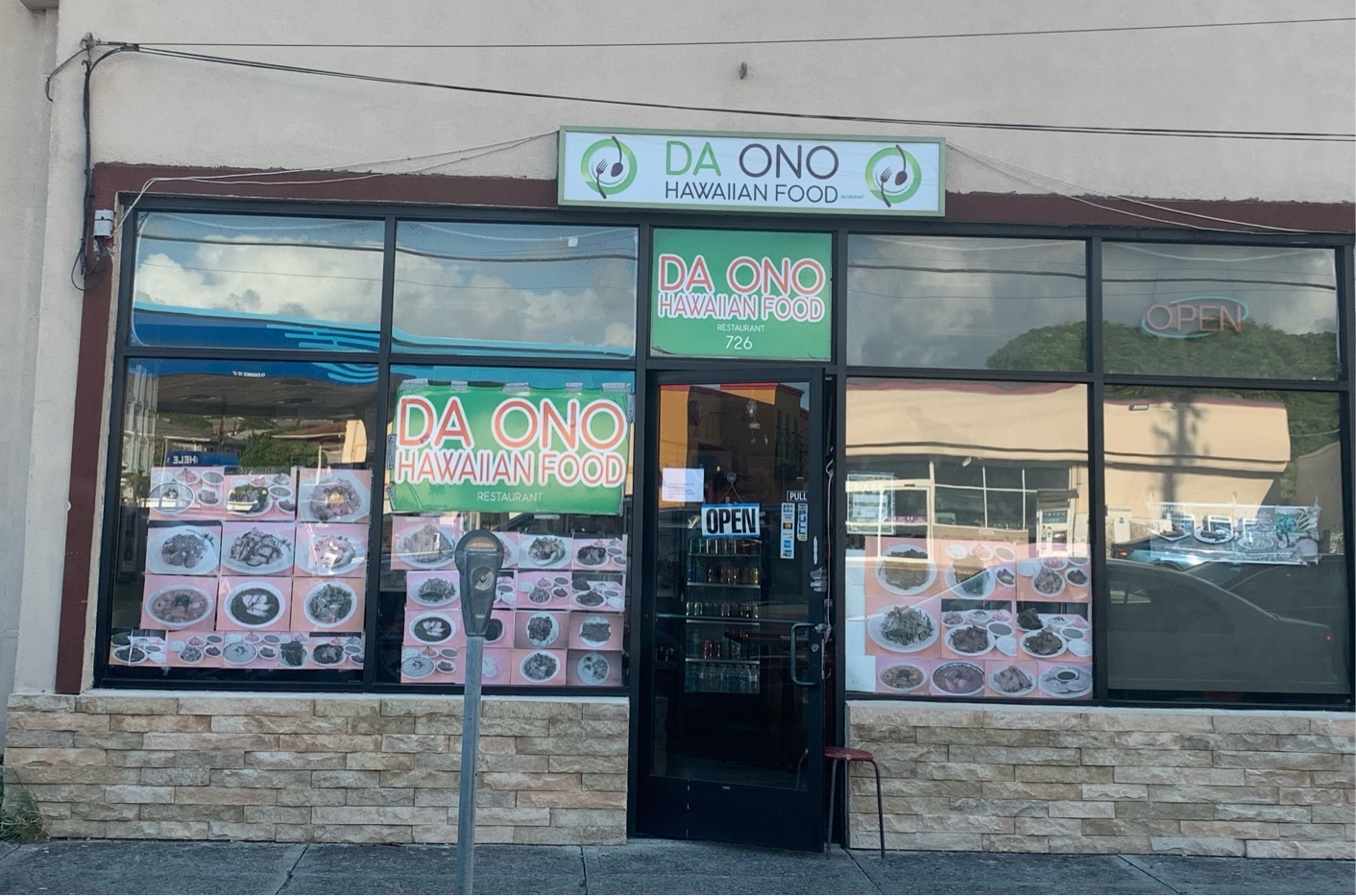
|
43379
|
|
United States
Honolulu
|
|
|
SK
|
Multilingual Hawaiʻi
|
|
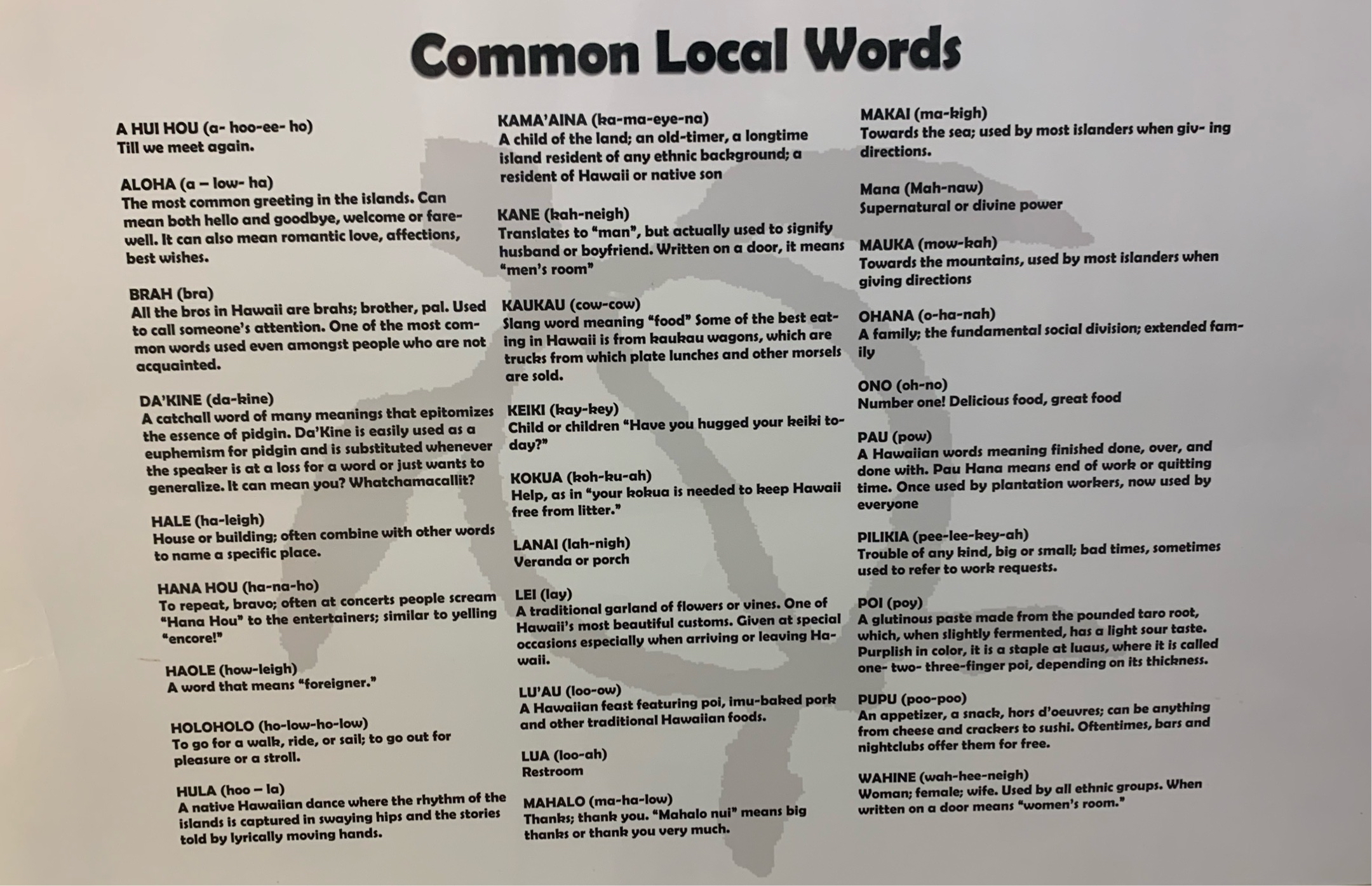
|
43380
|
|
United States
Honolulu
|
|
|
SK
|
Multilingual Hawaiʻi
|
|

|
43381
|
|
United States
Honolulu
|
|
|
SK
|
Multilingual Hawaiʻi
|
|

|
43382
|
|
United States
Honolulu
|
|
|
SK
|
Multilingual Hawaiʻi
|
|

|
43383
|
|
United States
Aiea
|
|
|
NIP
|
Multilingual Hawaiʻi
|
|
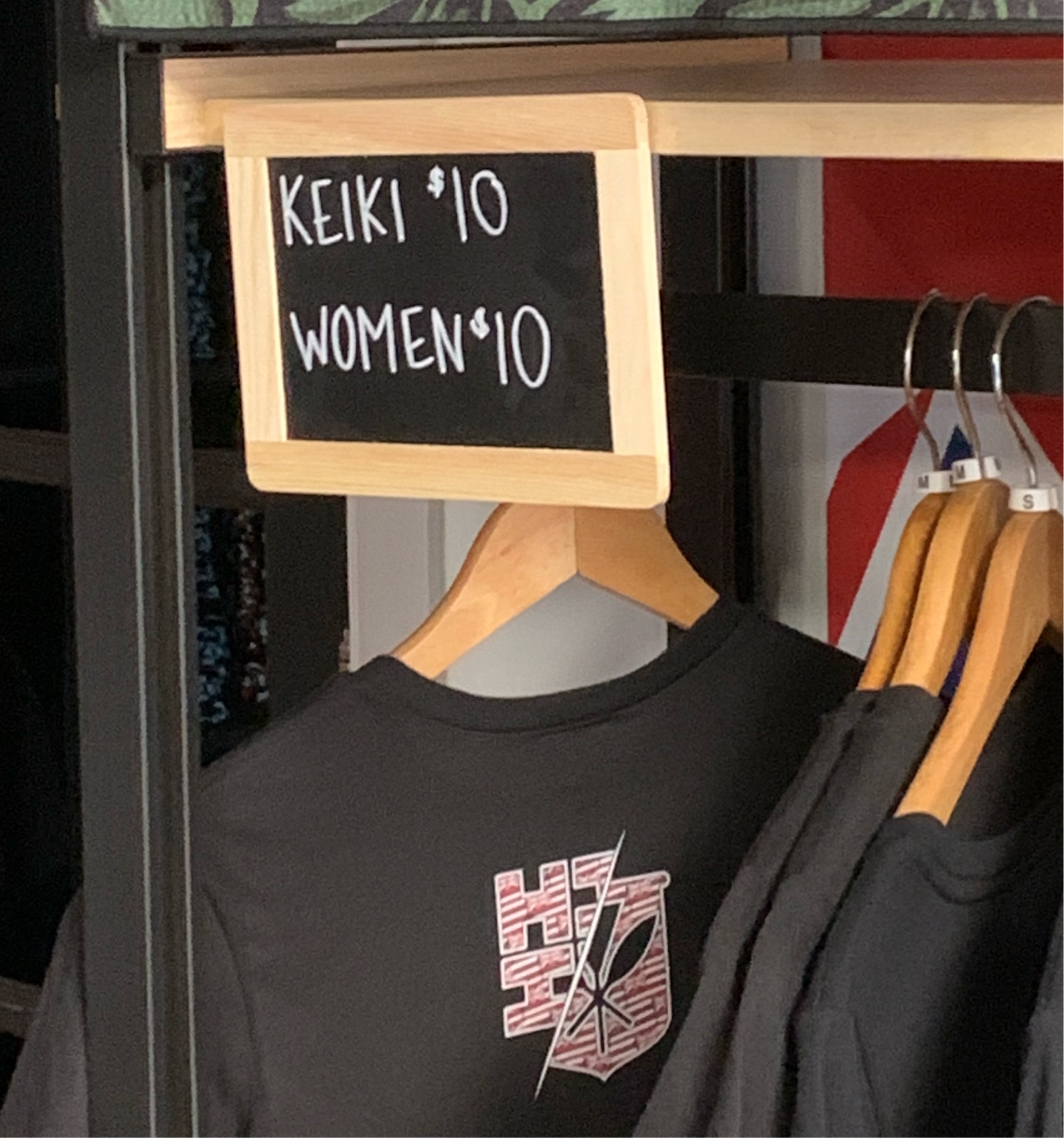
|
43431
|
|
United States
Honolulu
|
|
|
(HC)
Domain: Hawaii's Finest Clothing
Purpose: To denote sizes of the t-shirts on the rack.
Audience: Children and Women
Printed: Slate display board
Message: Classifying the sizes of the t-shirts, in this case intended for use of women and children.
|
Multilingual Hawaiʻi
|
|

|
43432
|
|
United States
Honolulu
|
|
|
(HC)
Domain: Silk-screened t-shirt
Purpose: To convey a popular local expression.
Audience: Locals who enjoy saying: "Aloha fo' days", locals who enjoy the color and branded manufacturer of the shirt.
Printed: AAA cotton t-shirt
Implied message: "Aloha" translates to a universal term in Hawaiian to "love". "Love (for days)"
|
Multilingual Hawaiʻi
|
|
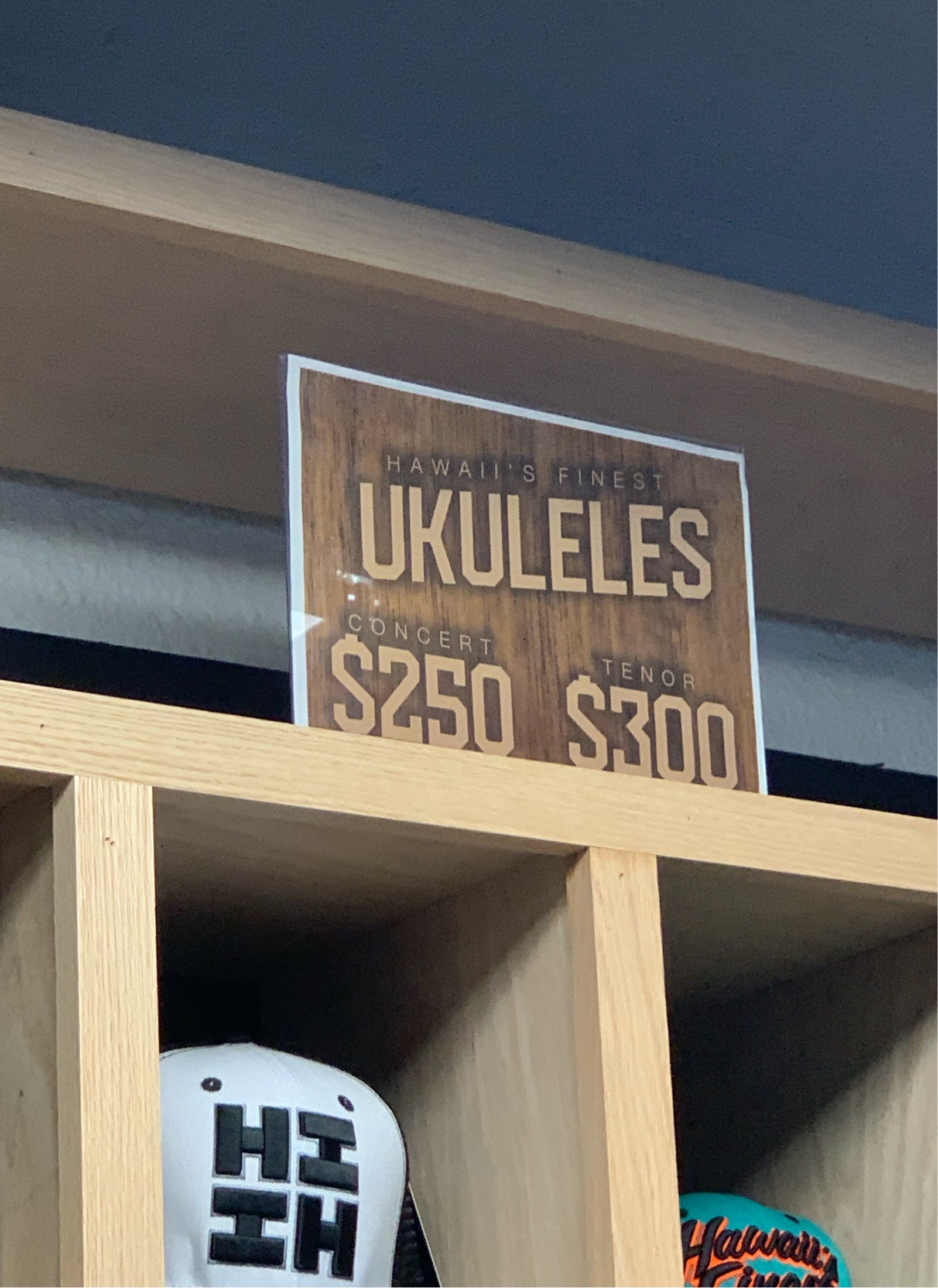
|
43433
|
|
United States
Honolulu
|
|
|
(HC)
Domain: Sales sign at Hawaii's Finest LLC.
Purpose: To denote the sale of tenor and concert ukuleles.
Audience: Customers who are in the market to purchase an ukulele.
Printed: Laminated paper sign
Message: Ukuleles were brought to Hawaii by Portuguese settlers, and has been a cultural icon for the islands since. "Ukulele," is a Hawaiian term that translates to "Jumping flea," similar to the movement of the fingers across the ukulele's fretboard.
|
Multilingual Hawaiʻi
|
|
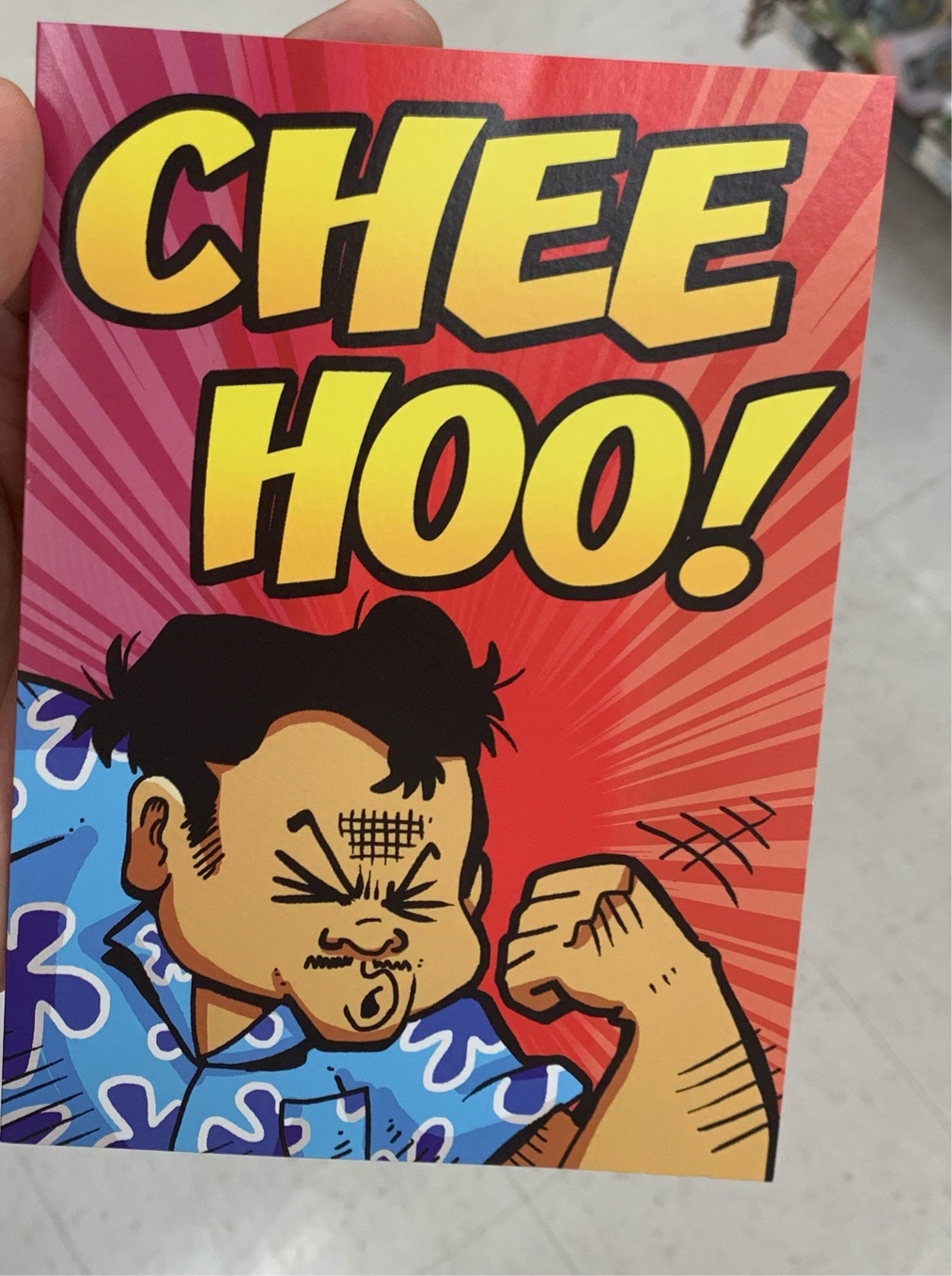
|
43434
|
|
United States
Honolulu
|
|
|
(HC)
Domain: Long's Drugs Greeting Card Department
Purpose: Pidgin is used as an expression of congratulating any recipient of the card.
Audience: Customers looking to buy a local-themed greeting card
Print: 3x5" greeting card
Message: "Chee hoo" is an expression of congratulations in HWC.
|
Multilingual Hawaiʻi
|
|
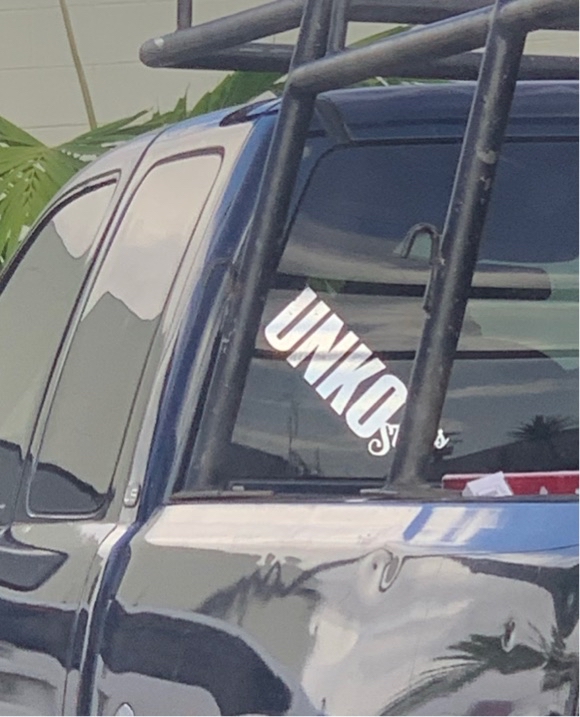
|
43435
|
|
United States
Honolulu
|
|
|
(HC)
Domain: Drive through parking lot
Purpose: Denoting the owner of this vehicle to be of an Uncle figure.
Audience: All audiences, seen as a novelty sticker
Format: Bumper sticker on the back of a pickup truck
Message: "Unko status," known in Hawaii, Uncle, or "Unko" is usually a colloquial term for an adult male in Hawaii, as a term of endearment.
|
Multilingual Hawaiʻi
|
|

|
43436
|
|
United States
Honolulu
|
|
|
(HC)
Domain: UH Manoa Campus
Purpose: Denoting a family event on Fridays for families to participate
Audience: Families with children
Print: Neon green flyer
Message: Announcement for a family activity night at UH Manoa
|
Multilingual Hawaiʻi
|
|
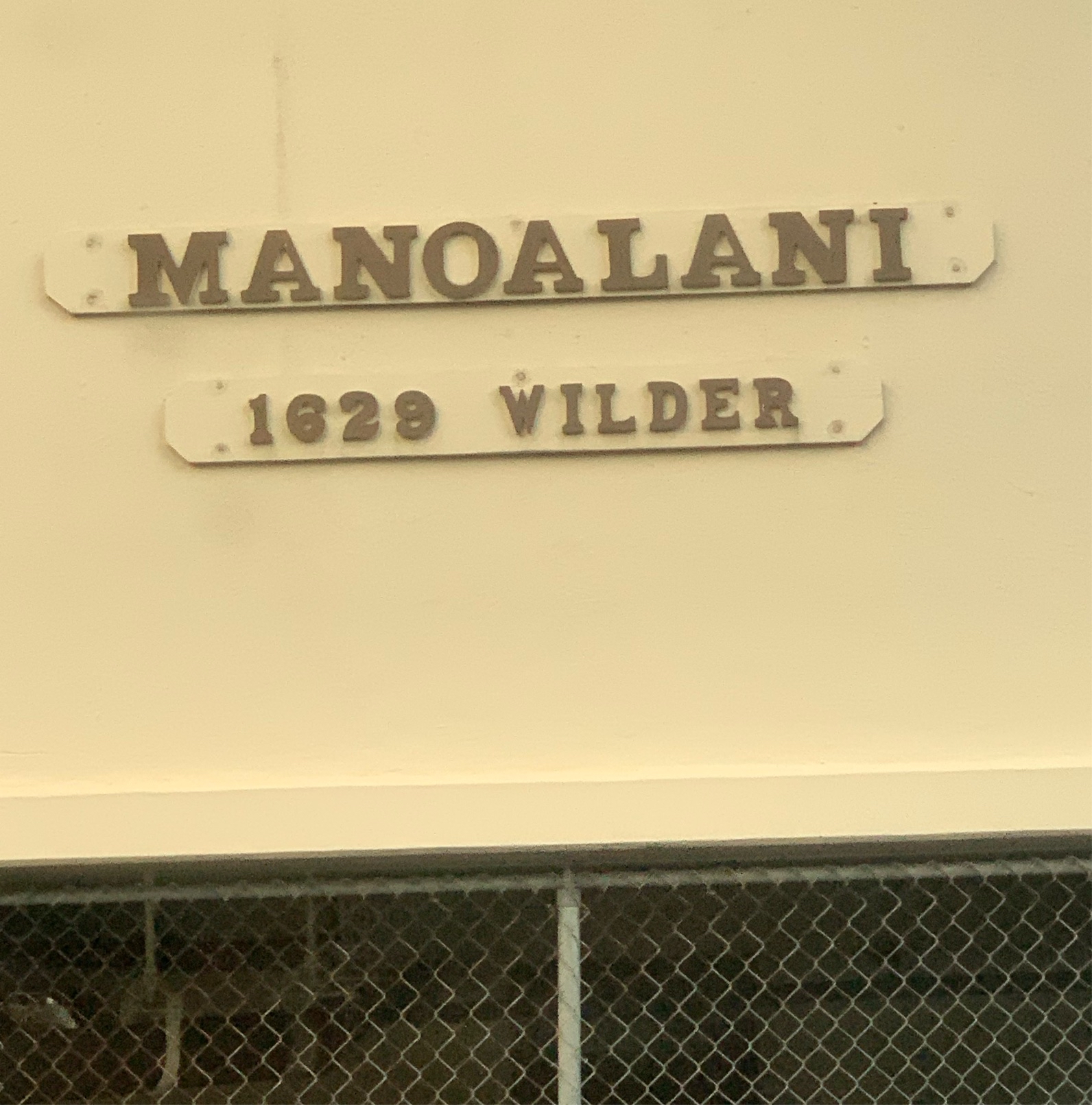
|
43437
|
|
United States
Honolulu
|
|
|
(HC)
Domain: Manoalani Apartments
Purpose: Place marker of a Hawaiian apartment complex
Audience: Passerby and Residents
Format: Wooden sign on Concrete wall
Message: "Manoalani" translates to: "Vast Heaven" and also describes the location of the apartment, being close in proximity to Manoa town.
|
Multilingual Hawaiʻi
|
|

|
43438
|
|
United States
Honolulu
|
|
|
(HC)
Purpose: Statue of the mascot for Waiola Shave Ice, a popular dessert shop on Oahu.
Audience: Tourists for pictures, customers of the shop.
Format: ABS/Plaster statue of the shave ice mascot.
Message: "Shave ice" is derived from "Kakigori", a popular ice snack from Japan. After the plantation era, Hawaii had took substantial inspiration from the Kakigori into the creation of "Shave ice", essentially syrup poured over what is finely crushed, or "shavings" of ice.
|
Multilingual Hawaiʻi
|
|
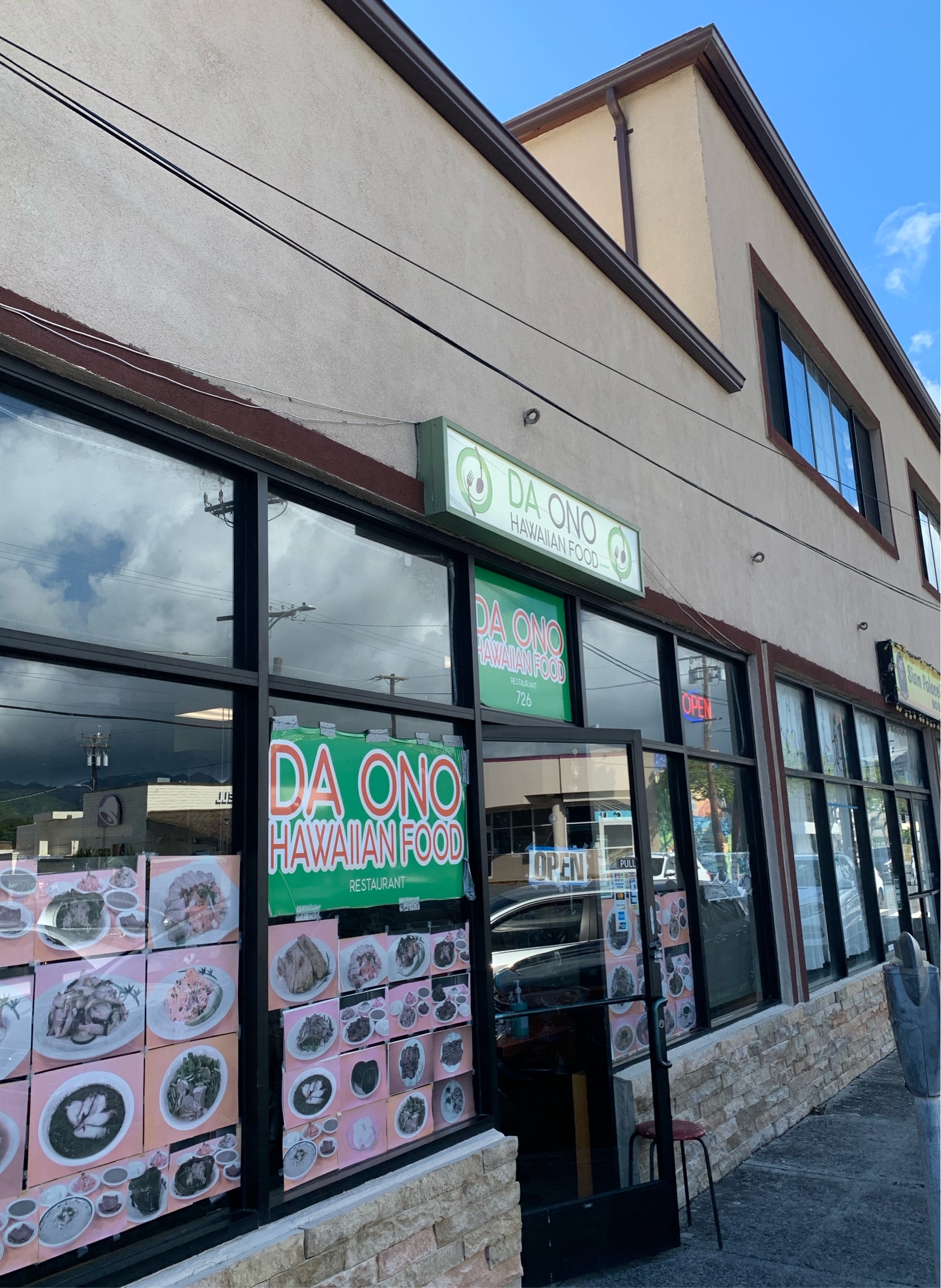
|
43684
|
|
ʻAmelika Hui Pū ʻIa
Honolulu
|
|
|
HK – Da Ono Hawaiian Food is an old restruant that has been around for a long time. Da Ono is Pidgin with Da being The and Ono being Delicious.
|
Multilingual Hawaiʻi
|
|

|
43685
|
|
ʻAmelika Hui Pū ʻIa
Honolulu
|
|
|
HK – There is Hawaiian in this but in a Pidgin Format. Although The Bus isnʻt pidgin the way they say can be considered Pidgin. “Aloha the bus” can be defined as “Love the bus.” This is a bus stop bench in fron of Gateway Hale. I dont think students even notice that its even there. But it is faced towards the road so it is showing appreciation towards the Bus Drivers that drive the busses.
|
Multilingual Hawaiʻi
|
|